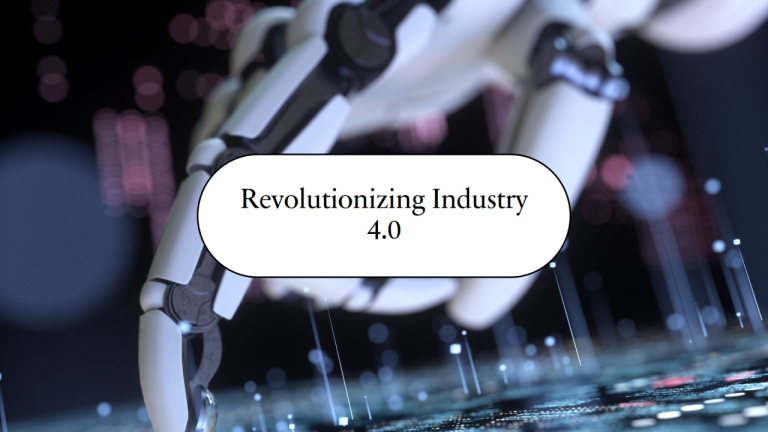Cost Optimization in Mining Transportation: A Strategic Imperative
Mining operations rely heavily on efficient transportation systems to move raw materials from extraction sites to processing facilities. Given the rising costs of fuel, equipment maintenance, and labor, cost optimization in mining transportation has become a critical focus for the industry. Companies are now leveraging advanced technologies, innovative strategies, and sustainable practices to streamline operations and reduce expenses.
Technological Innovations Driving Efficiency
The adoption of automation and smart technologies is revolutionizing mining transportation. Autonomous haul trucks, for instance, are reducing labor costs while improving operational efficiency and safety. These trucks, guided by advanced sensors and GPS systems, operate continuously with minimal human intervention, maximizing productivity.
Predictive maintenance systems powered by artificial intelligence (AI) are another game-changer. By analyzing real-time data from sensors installed on transportation equipment, these systems can predict potential failures and schedule maintenance proactively. This minimizes unplanned downtime, reduces repair costs, and extends equipment lifespan.
Route Optimization and Fleet Management
Optimizing transportation routes is another key strategy for cost reduction. Advanced fleet management systems utilize GPS and real-time data to identify the most efficient routes, reducing fuel consumption and travel time. These systems also monitor vehicle performance and load capacities, ensuring that resources are utilized effectively.
Moreover, implementing centralized control centers for fleet management allows companies to monitor and coordinate multiple transportation operations simultaneously. This holistic approach minimizes logistical bottlenecks and enhances overall efficiency.
Sustainable Practices for Cost Savings
Sustainability and cost optimization often go hand in hand. The shift toward electric and hybrid mining vehicles is a prime example. These vehicles not only reduce greenhouse gas emissions but also lower fuel expenses over time. Additionally, renewable energy sources, such as solar-powered conveyor belts, are gaining traction as cost-effective alternatives to traditional energy-intensive systems.
Recycling and reusing materials, such as conveyor belts and tires, also contribute to cost savings. By reducing waste and repurposing equipment, mining companies can lower procurement costs while promoting environmental sustainability.
Collaboration and Data-Driven Decision Making
Collaboration with logistics providers and technology firms is helping mining companies access cutting-edge solutions tailored to their specific needs. Data analytics plays a crucial role in these partnerships, enabling companies to make informed decisions based on performance metrics, cost analysis, and market trends.
The integration of digital twins—virtual replicas of physical assets—is also emerging as a tool for optimizing mining transportation. By simulating various scenarios, companies can identify cost-saving opportunities and implement them with precision.
Challenges and the Road Ahead
While cost optimization in mining transportation offers significant benefits, challenges such as initial capital investment, workforce upskilling, and regulatory compliance must be addressed. Companies that overcome these hurdles stand to gain a competitive edge by achieving sustainable and efficient operations.
In conclusion, cost optimization in mining transportation is not just about cutting expenses—it’s about creating value through innovation, efficiency, and sustainability. As the mining industry continues to evolve, embracing these strategies will be essential for long-term success.


